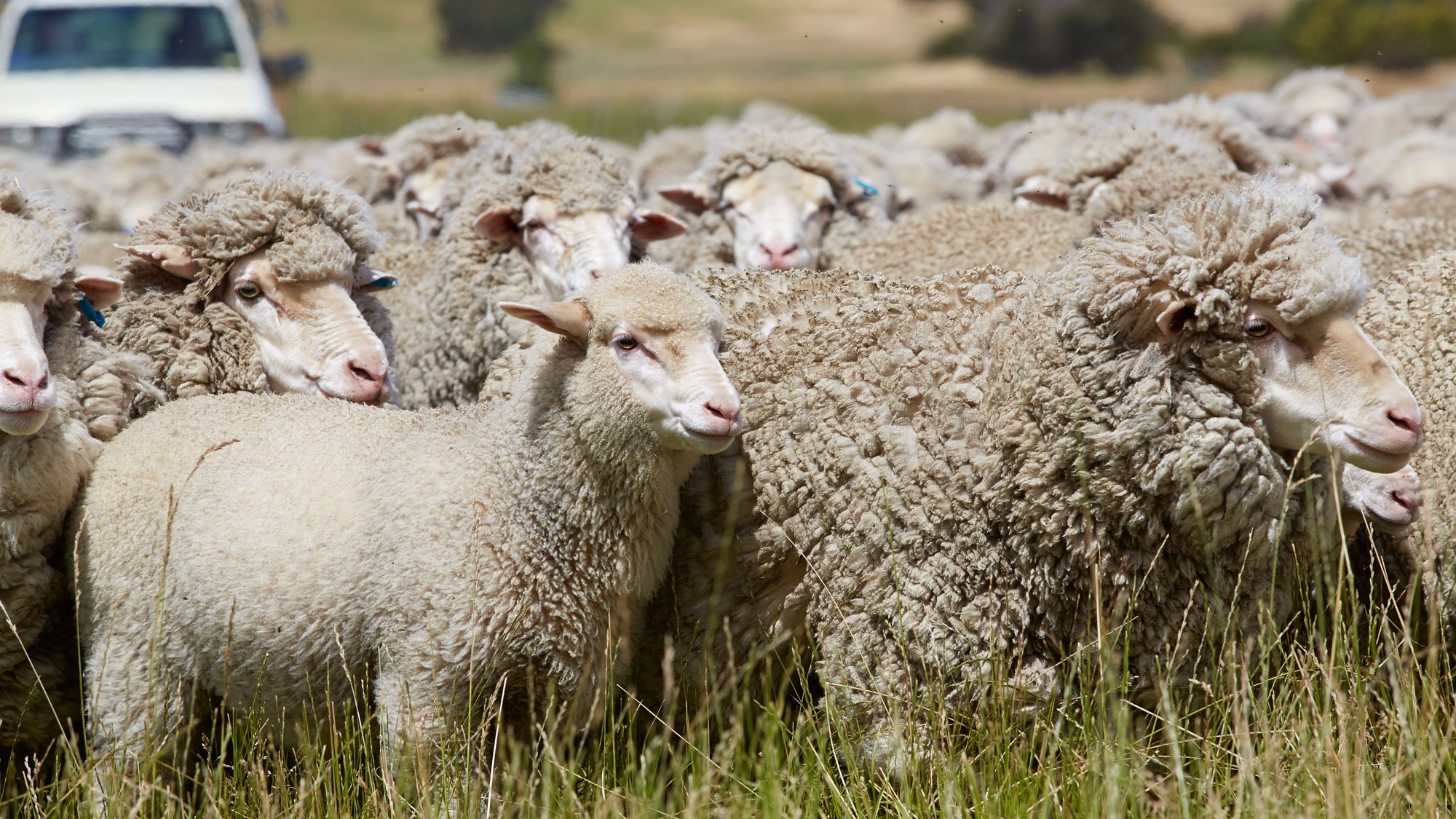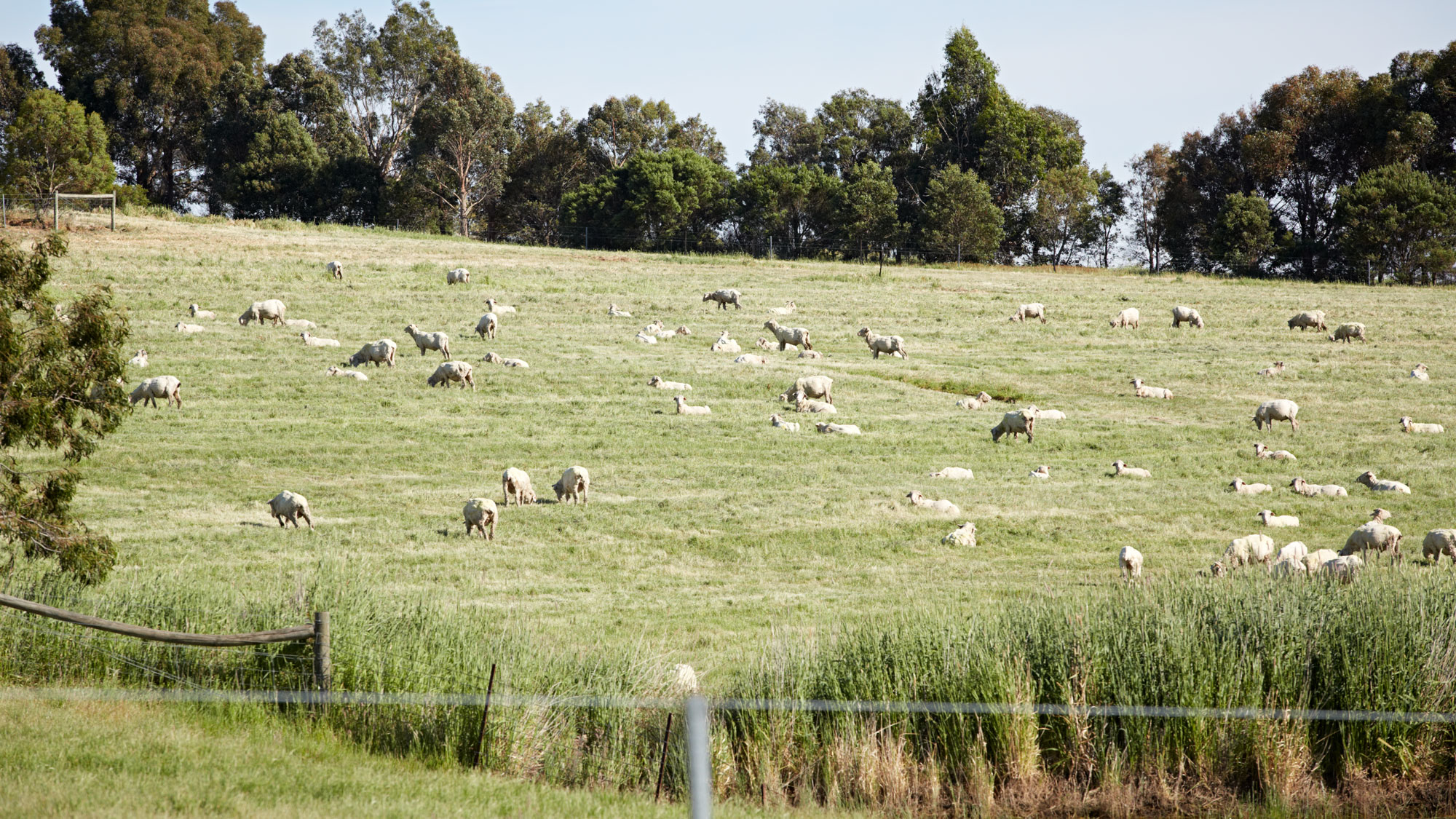Tool 10.9 Checklist for newborn lamb mortalities
Checklist for newborn lamb mortalities
The list below outlines the features and cause of death in newborn lambs. Use the list in conjunction with your veterinarian to determine the cause of death of newborn lambs.
|
Feature |
Comment |
|
Liveweight <3.5 kg |
At risk of exposure/hypothermia |
|
Liveweight >5.5 kg |
At risk of dystocia (difficult birth) |
|
Has birth stain been cleaned? |
Mismothering or dead at birth |
|
Pads still on feet |
Hasn’t walked |
|
Skin on neck and chest/back: bruising or teeth marks? |
Bruising associated with teeth marks indicate predation to be the cause of death |
|
Do lungs float in water? |
If they float the lamb has breathed; if they sink the lamb died before birth |
|
Milk clot in stomach |
Lamb has suckled |
|
Kidney fat red |
Fat mobilised – lamb in nutritional deficit |
|
Kidney fat white |
Either dead at or soon after birth or lamb fed and lamb not under nutritional stress when died. |
|
Swollen tongue, head, neck |
Dystocia |
|
Genetic malformation |
Various features incompatible with life |
|
Thyroid weight > 0.4 g/kg birth weight |
Goitre iodine deficiency |
The common features of lambs that have died of hunger/mismothering/hypothermia are light birth weight, red kidney fat, and no milk clots.
Industry data collected from many sites across Australia in multiple seasons shows that the most common causes of lamb mortality are starvation/mismothering and dystocia (figure 10.10). Both conditions occur when feed is not allocated appropriately to breeding ewes, resulting in either large lambs (difficult and long birth process, malpresentation, increased likelihood of hemorrhage on the brain and/or spinal cord) or small lambs (long births, low vigour, reduced capacity to drink from their mother early in life).
In this data, predation refers to primary predation, generally caused by foxes, wild dogs, pigs and eagles. As the data analysis focuses on the primary cause of death, it does not include the carcases scavenged after death by animals such as foxes. The prevalence of primary predation by foxes, wild dogs, pigs and eagles is much higher in certain regions than others, so this may need to be a particular consideration for you, depending on your location. The presence of predators in high densities may also contribute to mismothering and starvation as they interfere with the birth and mothering up process.
The next most common causes, premature/dead-in-utero and exposure, are also related to ewe nutrition, mostly to birthweight and the amount of brown adipose fat (the fat surrounding the kidneys which is deposited during pregnancy which is rapidly metabolised by the lamb after birth to create energy and warmth) the lamb is carrying at birth and the wellbeing of the ewe – if she is weak and the lamb is under-fed, or her own need for survival is swamping her natural maternal behaviour from being exhibited.

Figure 10.10 Causes of lamb mortality determined by lamb autopsies.
Source: AWI Picking Performer Ewes
The major diseases that impact the sheep industry are associated with perinatal lamb mortality, as evidenced in figure 10.11. Analysed separately, but closely associated with perinatal losses, are dystocia and mastitis, which are effectively subsets of perinatal lamb mortality but also include ewe mortality. All these diseases cost well in excess of $100M per year.
The major parasitic diseases of sheep; internal parasites, flystrike and lice all costs more than $100M per year.
Liver fluke (another internal parasite) is considered separately and has a lower annual cost due to limited regional extent of suitable environment for the intermediate snail host to exist and complete the lifecycle.
The final disease that cost the sheep industry more than $100M per year is weaner illthrift, which is particularly important for Merino producers.
All these diseases have widespread impact across states and to a lesser extent climatic zones.
The next level of diseases includes arthritis, perennial ryegrass toxicosis and ovine Johne's disease that all cost more than $50M per year. The remainder of diseases, both infectious, reproductive and non-infectious, cost less than $50M per annum.
The potential for improving profit varies across different diseases, regions and enterprises, but the biggest potential impact is likely to be gained by making improvements in control of the costliest diseases.

Figure 10.11 Estimated annual economic cost of the priority diseases for sheep (2022).
Source: MLA, adapted by AWI and MLA







